In Victoria, Australia, the terms “strata” and “stratum” are closely related but refer to distinct aspects of property ownership and management within multi-unit developments. These terms are often used in the context of property law and real estate. Understanding their differences is essential for property buyers, investors, and tenants engaged in multi-unit housing arrangements.
Strata Properties:
A “strata property” refers to a type of real estate ownership that is prevalent in multi-unit developments like apartment buildings, townhouses, or condominiums. In a strata property, individuals own a specific unit or lot within the larger development while also sharing ownership of common areas and facilities, such as hallways, elevators, swimming pools, and landscaping. The legal framework governing strata properties in Victoria is primarily based on the Owners Corporations Act 2006 (formerly the Body Corporate and Community Management Act 1997).
The key features of strata properties include:
- Individual Ownership: Each owner holds a title for their specific unit or lot. This provides them with the right to use, lease, or sell the unit as they see fit.
- Common Property: Common property refers to the shared spaces and amenities within the development. These spaces are jointly owned by all the individual unit owners and are managed by a body corporate or owners corporation.
- Owners Corporation: The owners corporation (formerly known as the body corporate) is an entity responsible for the management and maintenance of common property. It comprises all the individual unit owners as members, and they make decisions regarding matters such as repairs, maintenance, insurance, and budget allocation.
- Strata Fees: Owners pay strata fees or levies to the owners corporation. These fees cover the costs of maintaining the common property, insurance, administrative expenses, and building management.
- Rules and Bylaws: Each strata property has its own set of rules and bylaws that govern how the property is managed and how residents should conduct themselves. These rules ensure a harmonious living environment and address matters such as noise, pet ownership, and alterations to units.
Stratum Properties:
A “stratum property” is a concept used in the context of property development and ownership. In a stratum property arrangement, a developer or owner retains ownership of the land and divides it into strata lots or units. These units are then sold individually, typically under a leasehold arrangement, giving the buyers the right to occupy and use their purchased unit.
The key features of stratum properties include:
- Developer Ownership: Unlike traditional freehold ownership, where the buyer owns both the land and the building, in a stratum property, the developer or owner retains ownership of the land.
- Leasehold Arrangement: Buyers purchase a leasehold interest in a specific unit for a predetermined period, often 99 years or more. This lease gives them the right to occupy and use the unit within the constraints of the lease terms and property rules.
- Management and Maintenance: The property’s management and maintenance are typically handled by the developer or a designated management company. This can include responsibilities such as repairs, maintenance, and insurance for common areas.
- Stratum Fees: Buyers may be required to pay regular stratum fees to cover the costs of managing and maintaining the property, similar to strata properties.
- Exit Strategy: When the lease term expires, the property ownership reverts to the developer or owner. However, buyers may have options to renew the lease or negotiate other arrangements.
In summary, while both strata and stratum properties involve shared ownership and management in multi-unit developments, they differ in terms of the ownership of land, leasehold arrangements, and the parties responsible for property management. Strata properties involve individual ownership of units and shared ownership of common property, while stratum properties retain ownership of the land and offer leasehold arrangements for individual units. It’s crucial for potential buyers and investors to understand these distinctions when considering property purchases in Victoria and seek appropriate legal advice beforehand.



